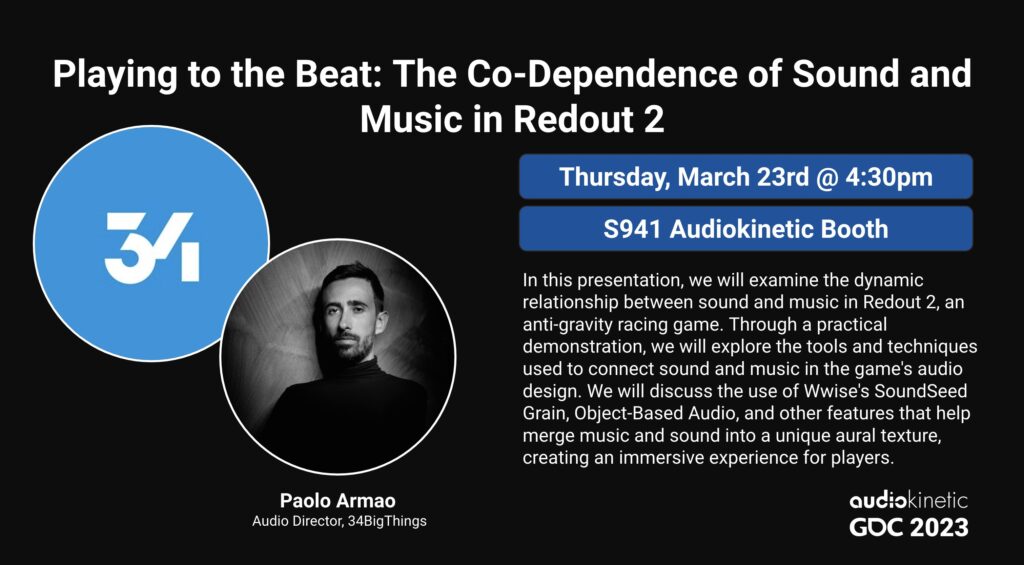This article explores tips and tricks for sound designers to make the most of Unreal Engine’s audio tools in order to create immersive soundscapes for gaming experiences. Unreal Engine offers a range of features, including audio mixers, sound cues, audio components, sound waves, 3D audio, and reverb volumes. Audio mixers are the central point for sound attenuation, spatialization, and mixing, while sound cues allow for the creation of dynamic sound events based on specific game actions. Using audio components and sound waves allows for flexibility in dynamic or static playback. 3D audio provides immersive spatialization, and reverb volumes create realistic acoustic environments.
Exploring Unreal Engine’s Audio Tools: Tips and Tricks for Sound Designers
As a sound designer, you know that a game’s audio is just as important as its graphics and gameplay. That’s why it’s essential to know how to make the most of Unreal Engine’s audio tools. In this article, we will explore some tips and tricks that will help you design immersive soundscapes that will enhance the gaming experience.
Understanding Unreal Engine’s Audio Features
Unreal Engine offers an extensive range of audio tools that can help you achieve your desired sound. The most notable of these features include:
- Audio Mixers
- Sound Cues
- Audio Components and Sound Waves
- 3D Audio
- Reverb Volumes
Creating Unique Soundscapes with Audio Mixers
Audio Mixers are essential to creating a high-quality game soundscape that blends seamlessly with the game’s visual and gameplay elements. With Unreal Engine’s Audio Mixer, you can create complex soundscapes with ease. It is the central point for all sound attenuation, spatialization, and mixing.
Some ways to work with Audio Mixers include:
- Creating different mixer snapshots for different game modes.
- Using the mixer buses and effects to create stylistic soundscapes.
- Organizing sound assets in the mixer to keep projects organized.
- Using the Source Effect Chain to create custom effects for sounds.
Using Sound Cues to Create Dynamic Audio
Sound Cues are a powerful tool for sound designers who are looking to create surprising and responsive audio. These cues allow you to create a series of sound events based on specific actions in the game. You can use Sound Cues to:
- Create dynamic soundscapes for specific areas of the game world
- Trigger sound effects based on player actions
- Create sound sequences that are responsive to gameplay events
Using Audio Components and Sound Waves for Flexibility
Unreal Engine offers two primary means of importing audio files into a project: Audio Components and Sound Waves. Both have unique advantages to sound designers.
Audio Components are used for dynamic sound playback in a game. They can be attached to game objects and played back according to specific game logic. Audio Components are ideal for sounds that need to be played repeatedly, like footsteps or gunshots.
Sound Waves, on the other hand, are used for more static sounds. They can be used for ambient noise, background music, or sound effects that play once. Sound Waves can also be used to create sound sources for 3D audio.
Creating Immersive Sound with 3D Audio
One of the essential aspects of a game’s audio is its spatialization. Unreal Engine’s 3D audio tools allow you to create immersive audio that responds to the player’s movement and position in the game world.
To create 3D audio in Unreal Engine, you need to set up sound source cues and audio components with directional settings. You can also adjust the attenuation radius of sounds, which alters how they sound as the player moves further away from the sound source.
Crafting Realistic Environments with Reverb Volumes
Reverb volumes are used to create realistic acoustic environments in Unreal Engine. These volumes allow you to add a specific audio effect, such as room reverb, to a particular area of the game world. By adjusting the reverb volume settings, you can simulate different acoustic environments.
Reverb volumes are particularly useful for creating realistic soundscapes in large, open areas like a forest, a cavern, or a cathedral.
Conclusion
Unreal Engine’s audio tools offer a wide range of options for sound designers to create immersive soundscapes that enhance the overall gaming experience. By understanding the different features of Unreal Engine’s audio engine like Audio Mixers, Sound Cues, Audio Components, and Sound Waves, 3D audio, and Reverb Volumes, sound designers have the tools they need to take their game’s audio to the next level.
